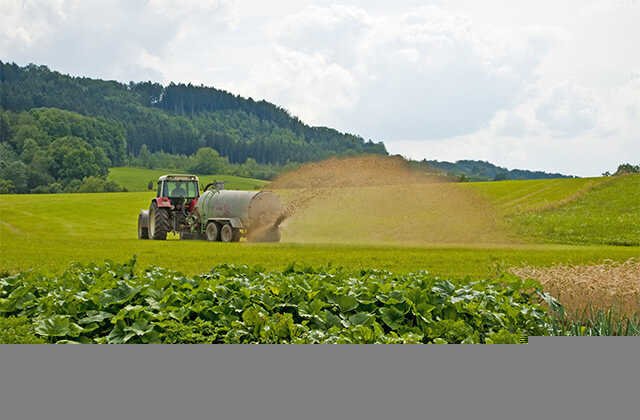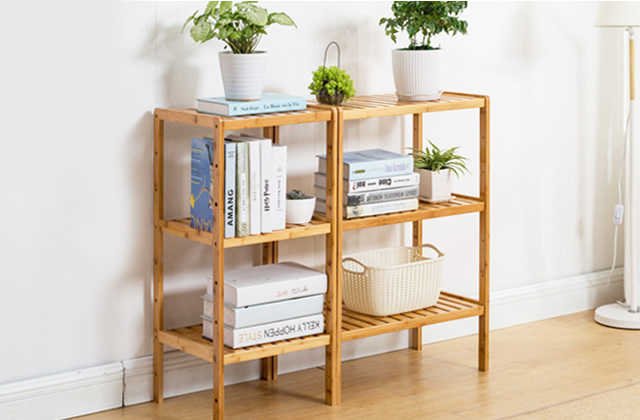How to cultivate the soil for family flowers to cultivate soil
Family flower cultivation soil is mainly used to see what can be used at hand. For example, rot, sand, sand, coarse sand, coal slag, perlite, vermiculite, finished Nutritional soil, garden soil excavated in the wild, etc.Based on the raised flowers, combined with the medium at hand, it is flexible.
The self -made flower cultivation soil needs to be clearly used. Different flowers require different Nutritional soil preparation methods, such as some flowers like sandy soil, we need to mix some sand in the garden soil.Some flowers like the soil with good breathability, we are mainly rotten leaves, supplemented by the garden soil, and add some perlite and the like.
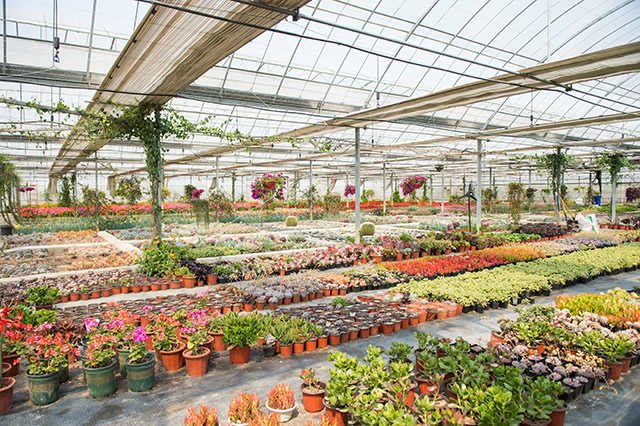
The operation of homemade flowers and cultivation soil is actually very simple. It is nothing more than a few media mixed together, such as 3 parts of rotten soil, 1 garden soil, and 1 perlite.The soil ratio is large, don't stir it if it is wet, so it is likely to be mud, just stir it appropriately when it is dry.
The focus of homemade flower and soil is to disinfect. For example, the rotten soil excavated in the wild often has insect eggs, weed seeds, etc. If it is not treated, it may be used in the Flower pot in the later stage.The eloquent soil under the surface of the dead leaves is rich in humus. As for whether it can be planted directly, it depends on what the soil quality and what you need to grow. Generally, shrubs and woody books are basically no problem.Seedlings, small seedlings may not be adapted.
Some corrupt leaf soil is not completely rotten. This is not possible to use it directly. It can be used after fermentation and rotten. In addition, there are other organic matter, such as leaves and grass.After using it, you can bury it with soil, or wrap it in a plastic bag to let it rot.
21 common methods
Rose
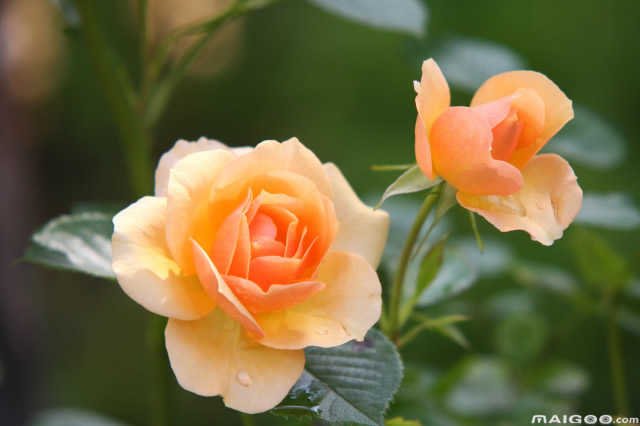
I like good water retention, ventilation, and good Fertilizer.Loose and weakly acidic or neutral soil.
Preparation method one
Rural soil: Straw in the soil: Mixing ash of bran is mixed according to 2: 4: 4, and used after drying.
Method 2
Evapous soil: Organic fertilizer: Field sandy loam soil: Bone powder, oil residue, and plant ash are mixed uniformly according to the 3: 2: 4: 1 ratio.
Preparation Method III
Garden soil: Cold residue: Mix it according to 3: 2: 2, and then add 50-100 grams of rot cake Fertilizer as base Fertilizer.
orchid
The cultivation soil for planting orchids can be purchased or prepared by itself.
Preparation method one
Rotten leaves or peat soil: sand soil: cake Fertilizer according to 6: 3: 1.
Method 2
Rotten leaf soil: compost soil: rough sand according to 5: 3: 2.
Arrow lotus
Pleasant, fertile, well -drained, and rich in organic matter.
Preparation method one
Rotten leaves: Famous bran ash: Rinse the clean river sand and mix and evenly 5: 2: 2.
Method 2
Rotten leaf soil: Pastoral soil: Film and sand are mixed according to the ratio of 4: 4: 2.
Preparation Method III
Rotten leaf soil: coarse sand soil: garden soil: compost soil is mixed according to 4: 1: 3: 2.
Clivia
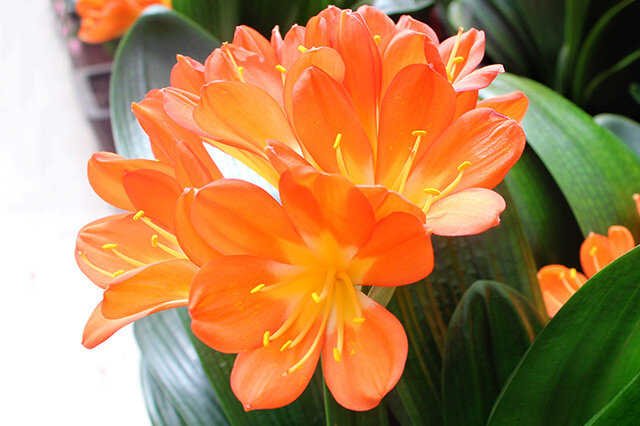
How to change the soil in spring
Rotten leaves: pine needles: river sand (rice grains to soybean grains) = 4: 3: 3
How to change soil in autumn
Rotten leaves: pine needles: river sand (rice grains to soybean grains) = 5: 3: 2
In these two soils, a small amount of charcoal residue and plant ash can be added.If Chenglan needs more nutrition, add the cooked Masu to the bottom of the basin and the pot.Do not contact Langen.
Dalihua
Suitable for grown sandy loam soil with humus -rich and rigidated water.It is not possible to use the soil, because this soil is easy to cause water staining rotten roots.
Preparation method one
Vegetable garden soil: Rotten leaf soil: sand soil: Organic fertilizer is appropriate to formulate 5: 2: 2: 1.
Method 2
Rotten leaf soil: vegetable garden soil: sand: plant ash mix by 10: 7: 2: 1.
Preparation Method III
Rotten leaf soil: Hezha: Organic fertilizer is prepared by 3: 1: 1.
Method Four
Garden soil: Rotten leaf soil: sand soil and Organic fertilizer are prepared according to 5: 2: 2 ratio.
Melon chrysanthemum
Pleasant loose, well drain, and humus -containing sandy loam.
Preparation method one
Rotten leaf soil: Garden soil: Cake fat powder: Bone powder is mixed according to the ratio of 30: 15: 3: 2.
Method 2
Garden soil: rotten leaf soil: rotten Fertilizer is mixed according to 10: 7: 3.
Preparation Method III
Garden soil: rotten leaf soil: compost soil: river sand is mixed with 2: 1: 1: 1, and add cake Fertilizer and calcium phosphate base Fertilizer.
Cow
I like to grow in loose, fertilized and well -drained micro -acid sandy loam, and it is advisable to be 6-6.5 rooms.
Preparation method
Grass charcoal: Garden soil is mixed by 1: 1, and then adding a certain amount of Organic fertilizer and soil sterilization pesticides is better.
Come to a pair
Like loose, fertile, well -drained, and full of humus, sandy loam soil, soil pH should be between 6.0 and 6.5.
Preparation method one
5 parts of peat: 3 parts of river sand: 2 parts of perlite are mixed according to 5: 3: 2.
Method 2
Pats: Site: furnace slag is prepared at 5: 2: 3.
Alcohol
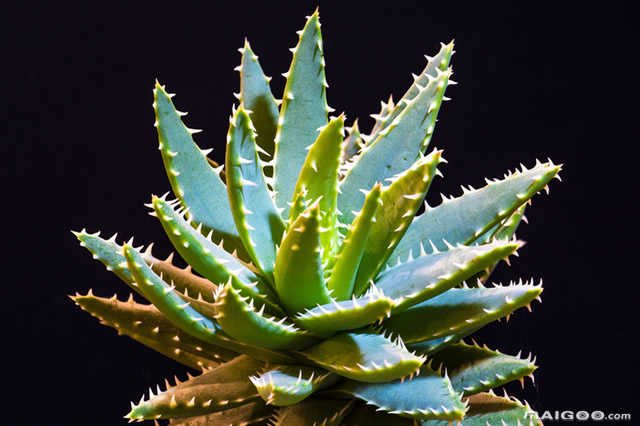
Mainly use swamp soil and sand, and then add corruption soil, grass ash, shells, etc. to be used for Nutritional soil.Clane is not conducive to drainage and should be avoided as much as possible.The soil is preferably neutral or slightly acidic.
Preparation method one
Erotic quality: Garden soil: River sand is mixed according to 2: 2: 1 ratio.
Method 2
Rural soil: compost: sand or wood chips according to 2: 2: 1 mix
Blooming
Pleasant, fertile and well -drained soil.
Preparation method one
Rotten leaf soil: Garden soil: Mixed with 1: 1: 1, and add some rotten Organic fertilizer preparation.
Method 2
Garden soil: Rotten leaf soil: composting soil is prepared by 2: 2: 1 ratio.
Preparation Method III
Rotten leaf soil: Rough sand is prepared by 3: 2.
Wealth tree
Fortune trees have strict requirements for potting soil, well -drained, and acidic sandy loam containing humus.
Preparation method one
Vegetable garden soil or corrupt leaf soil: Organic fertilizer: fine river sand or granular scum are mixed according to 6: 3: 2.
Method 2
Garden soil: rotten Organic fertilizer: Coarse sand: Colds: Peanut cakes are mixed with 6: 2: 2: 1.
Geranium
Like soil with good drainage.
Preparation method one
Garden soil: pile of soil Fertilizer: Organic fertilizer: Sand according to 4: 3: 1: 2.
Method 2
Rotten soil: Famous bran ash: The garden soil is prepared by 1: 1: 1, and then adds a small amount of calcium phosphate and mix well.
pansy
Born in loose and fertile sandy loam.It is advisable to be 5.8 to 6.2.
Preparation method
Peat soil: Fine wood chips: Loans: Called and compost according to 3: 2: 4: 1 mixed modulation.
Zhu Dinghong
Zhu Dinghong's Nutritional soil likes loose and organic and well -drained sandy soil. It is advisable to be roughly 5.5 to 6.5.
Preparation method one
Rotten leaf soil: Mixing ash: Garden soil is mixed according to 6: 2: 2.
Method 2
Mix fine sand with fertile loam containing humus.
Preparation Method III
Rotten leaves: fine sand: The garden soil is prepared at a ratio of 1: 2: 1.
Rubber tree
Suitable for growing in loose and fertile acidity soil.
Preparation method one
Rotten leaf soil: Garden soil: River sand is mixed with 1: 1: 1 mix and adds a small amount of base Fertilizer.
Method 2
Peat: Rotten leaf soil: Mixing by 2: 2: 1, then add a small amount of base Fertilizer mix.
Preparation Method III
Mat soil or corrupt leaves: Garden soil: River sand is prepared at 2: 2: 1 ratio, and a small amount of Bone powder or cake Fertilizer is addedSlag, plant ash, etc. are used as base Fertilizers.
Jasmine
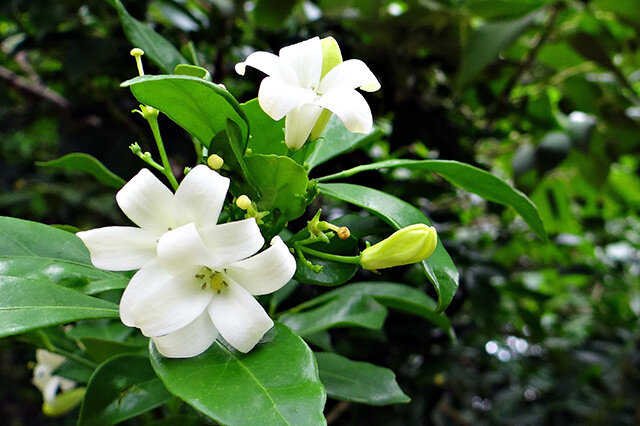
I like fertile, loose, and slightly acidic sandy and semi -sandy soil, which is the least suitable for barren, sticky, and alkaline soil.
Preparation method one
Water soil: compost: Fine sand is prepared by 4: 4: 2.
Method 2
Rural soil: Rotten leaf soil: fine sand or fine cumbersess grains of 4: 4: 2/3, and mixed with 0.1%sulfur powder.
Camellia
Camellia has strict requirements on the soil. It is better to use pine -leaf elastic soil. It can also use other loose and fertile mountain mud and sand soil.
Preparation method one
Red loam soil: Rotten leaf soil: fine river mud is mixed according to the ratio of 6: 3:.
Method 2
Rotten leaf soil: Garden soil: River sand is mixed according to the ratio of 5: 4: 1.
Preparation Method III
Mainly rotten rotten soil and garden soil, supplemented by some compost, horse dung, and river sand.
A string of red
Like good drainage, loose and fertile sandy loam.It is required to be between 5.5 and 6.0.
Preparation method one
Rotten leaves: fine sand: The garden soil is prepared according to the ratio of L: 2: 1.
Method 2
Rotten leaf soil: sandy loam soil: Cake Fertilizer is mixed according to 3: 6: 1.
Greenery
Like loose and well -drained, and it is more acidic soil rich in sandy sandy soil.
Preparation method one
Garden soil mud: Wood chips: Mushroom mud is prepared at a ratio of 5: 3: 1. It is better to use it for half a year.
Method 2
Rotten leaf or peat soil: Garden soil: Rough sand is prepared by 1: 1: 1.
Rhododendron
Like acidic soil and requires acid and alkali to be 5.5-7. If this acidity is not maintained, the plant is difficult to survive.And potting soil is required to be loose drainage, rich in humus, and avoid sticky loess.
Preparation method one
You can mix the rotten soil: moss: mountain mud according to the ratio of 2: 1: 7.
Method 2
Mountain and soil: Dry cotton grass chips: dry rot leaf soil: dry Fertilizer according to 7: 1: 2: 1 mixed preparation.
Preparation Method III
It can be used for soil: horse dung: fallen leaves weed: Organic fertilizer is stacked according to 3: 3: 3 layers.
Method Four
Mountain and soil: Rotten leaf soil: Garden soil: Mixed preparation of sand soil according to 3: 3: 4: 2 ratio, and then add 20 grams of hemp sauce and Bone powder to the pot.
Milan
Loose and fertile slightly acidic soil is good, so cultivating soil can choose soil -based soil.
Preparation method one
Cefered: Rotten leaf soil: River sand is mixed according to 25:50:25.
Method 2
Rotten leaf soil: Fertilizer: River sand is mixed at a ratio of 4: 3: 3.
